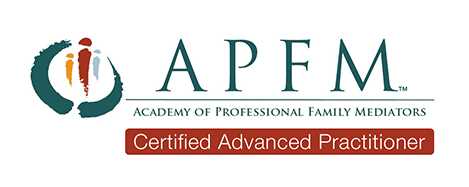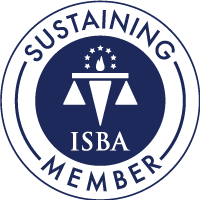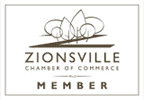 “Don’t find fault. Find a remedy.” Henry Ford
“Don’t find fault. Find a remedy.” Henry Ford
When ongoing conflict threatens your team at work or your family at home, attention often turns to finding fault. To figuring out who is messing up, so you can stop them and get life back to normal.
The problem? More energy goes into placing blame than finding resolution.
Instead, shift energy and focus to finding a remedy. Three steps can help:
1. Define the problem
Defining the problem proves crucial to finding a remedy. Often people speak up only after a series of angry moments puts them over the edge. Your spouse overdraws the checking account. Then, she makes fun of you in front of the neighbor. Finally, just after you reprimand your son for forgetting a chore, she lets him off the hook. As emotions converge, you might be tempted to dump truck–unleash on all issues at once. This only creates confusion.
Instead, break the conflict down. Use the tried but true formula of:
- “I feel ________
- when you ______
- because _______.
- Please ________.”
This will help you put layered feelings into short, concrete statements. “I feel hurt when you override my discipline with the kids because it makes me seem a lesser parent. If you disagree, please talk to me privately. Let’s come to agreement and present a united front.” As you fill in the blanks, you define one issue at a time. Also, the focus is on desired outcome–not accusations. This reduces defensiveness and invites discussion.
2. Focus on the enemy
Once you have defined the problem, make it the enemy. Not the other person.
Often problems seem to pit you against your team at work or the spouse you love. Don’t let them. Openly recognize with the others involved that you need to work together to get rid of the problem and move to something better. Instead of seeing each other as enemies to defeat, you become a team that unites.
3. Make a plan
First–agree on the end goal. Consider the top priorities of each person involved and work to find a goal that blends these.
Next–create a strategy. Be specific, realistic, and accountable.
- List all the resources available to address the issue. For example–to solve the overdrawn checking account you might have an Excel spreadsheet, an app to check account balances, and the budget from your New Year’s Resolution. You also have people resources–Husband’s innate attention to numbers. Wife’s innate attention the children’s need for new shoes or Grandma’s upcoming birthday.
- Create a realistic plan. Using the budget–do you give the checkbook and bills to one person or move to a cash-based system that divides income into envelopes?
- Meet regularly to create accountability and celebrate progress.
Finally, sign your names to the plan. This creates conscious commitment to the plan and working together. It also decreases confusion and back-sliding. the plan is in black and white for all to see.
When conflict disrupts work or home, its easy to find fault. It’s better to find a remedy. As you work with others involved to find that remedy, the conflict transforms into an opportunity to build on each other’s strengths and deepen the bonds between you. That’s true resolution.
If you would like more resources on resolving conflict or need help with an issue you are facing, The Resolution Center is ready to serve you. Please call or email so we can get started.





